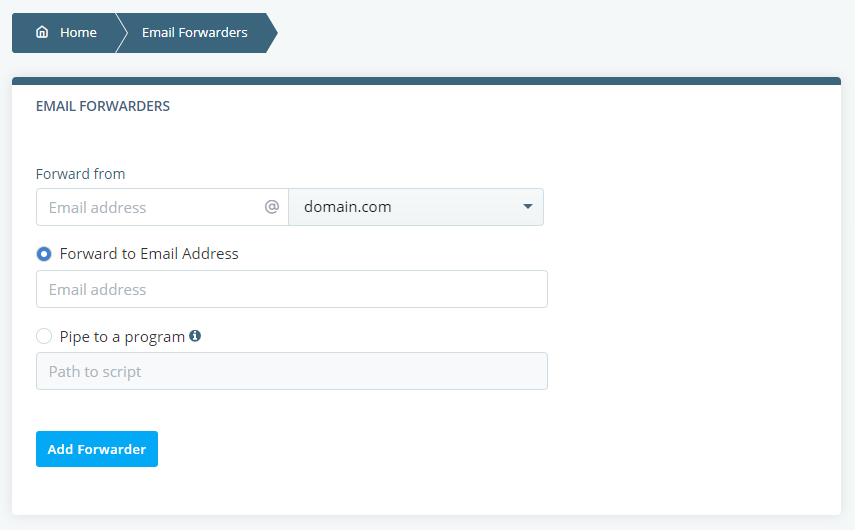Email forwarding has been around for quite a while now, and because we’re so used to its existence, we tend to forget how useful it could be in some cases.
Imagine, for example, that you have a team of ten people, and you need to email identical messages to all ten of them on a daily basis. Sending multiple identical emails to multiple personal inboxes every day isn’t really the best use of time and resources.
In theory, you can create a group email account and give the employees access to it, but that would mean that every member of the team would have another account and another set of login credentials to juggle around, which is hardly ideal, either.
Your best bet in such a scenario is to create a group account for the team and then set up forwarders so that every email you send to it is forwarded to the team members’ personal addresses. They won’t have a second inbox to check every day, and you won’t need to send dozens of emails.
Of course, this is just one scenario in which an email forwarder might be a good idea. Most hosting and email service providers support forwarding, but you need to know how to set it up.
Creating and managing email forwarders in SPanel
If you use one of ScalaHosting’s managed VPS solutions, you can set up email forwarders through your SPanel user account. Here are the steps:
- Log into SPanel’s User Interface.
The default login URL is https://yourdomain.com/spanel (make sure you swap yourdomain.com for your actual domain).

- Open the Forwarders tool.
The email forwarders utility is available under the Email section on the homepage of SPanel’s User Interface.

- Enter the required email addresses and save the changes.
You first need to enter the email address you will be forwarding from and then the destination address. You also have the option of piping emails to an application. If you choose it, you’ll need to enter the exact path of your script.

You can set up multiple forwarders for the same account, and you don’t need to keep them within addresses associated with your domain name (you can forward the emails to your Gmail account if you want).
If you no longer need a forwarder, you can remove it from the Existing Forwarders list available on the same page.
How to Create an Email Forwarder